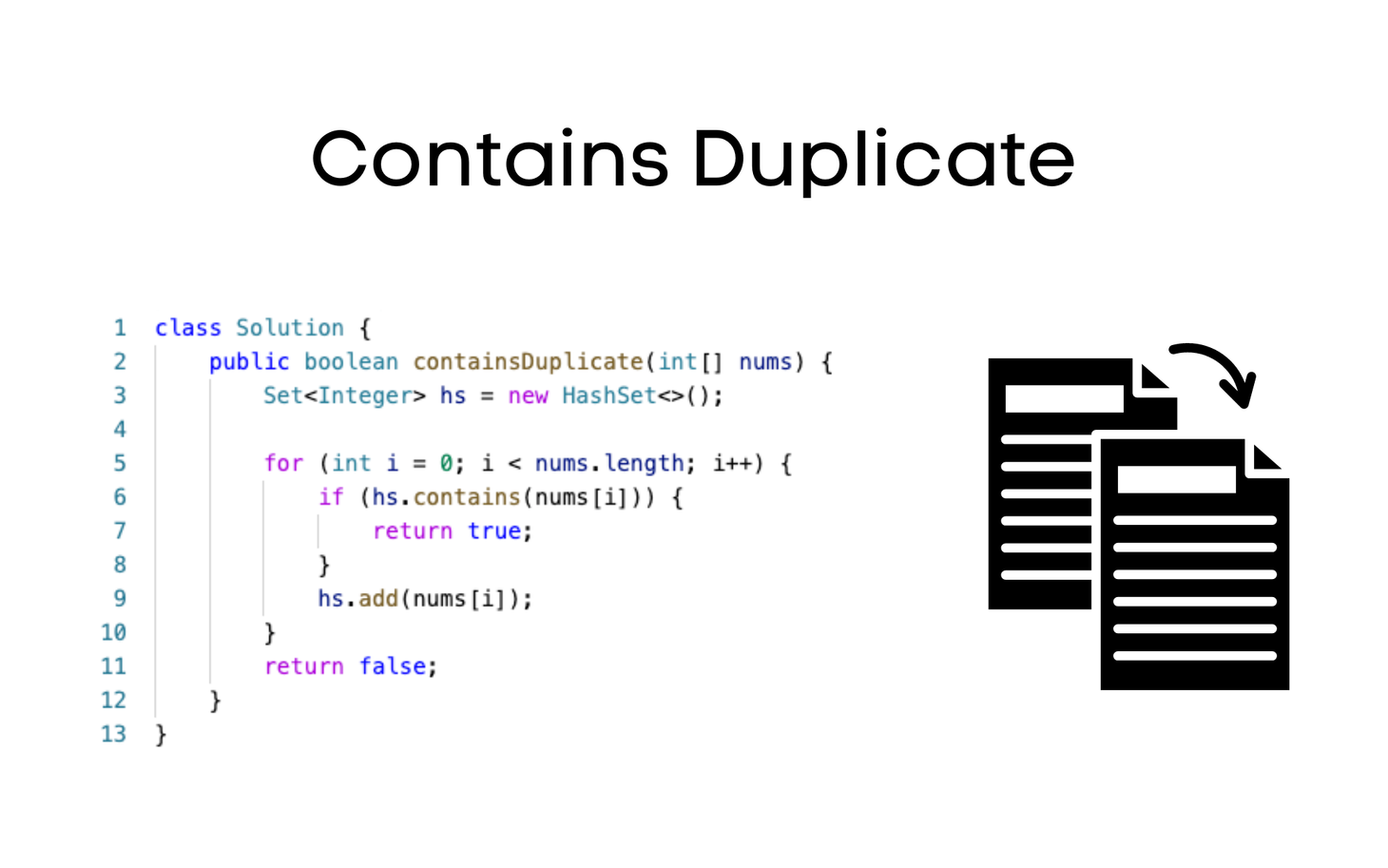A Problem-Solving Approach To DSA Problems.
In this lesson, you will learn how to approach DSA problem-solving questions.
Table of Contents
A problem-solving approach is fundamental to Data Structures and Algorithms (DSA). When applying DSA to problem-solving, certain key steps and strategies are typically employed:
- Analyzing the problem: Understanding the problem statement thoroughly is crucial. Identify the inputs, outputs, constraints, and requirements of the problem. Break it down into smaller components or subproblems, if applicable.
- Selecting appropriate data structures: Based on the problem requirements, choose the most suitable data structure(s) to efficiently represent and manipulate the data. Consider factors such as the need for fast insertion/deletion, searching, sorting, or the relationships among the data.
- Designing algorithms: Devise an algorithmic approach to solve the problem using the chosen data structure(s). Determine the step-by-step procedure that will achieve the desired output. Consider algorithmic techniques such as iteration, recursion, divide-and-conquer, or dynamic programming based on the problem characteristics.
- Considering time and space complexity: Analyze the time and space complexity of the proposed algorithm. Assess how the algorithm's performance scales with the input size. Aim for efficient algorithms with minimal time and space requirements.
- Implementing the solution: Write the code to implement the algorithm using a programming language of choice. Pay attention to details, handle edge cases, and ensure correctness.
- Testing and debugging: Develop test cases to validate the correctness of the solution. Execute the code, analyze the results, and debug any errors or unexpected behaviors.
- Optimizing and iterating: If the initial solution does not meet the desired efficiency or scalability, revisit the design and identify opportunities for optimization. Look for ways to reduce time complexity, minimize memory usage, or optimize specific operations.
- Iterating and refining: Continuously improve the solution by iterating on the design, considering feedback, and seeking alternative approaches. Refine the code and documentation to enhance clarity and maintainability.
A strong problem-solving approach in DSA involves a systematic and analytical mindset, understanding the problem domain, selecting appropriate data structures and algorithms, implementing efficient solutions, and iteratively improving them based on feedback and optimization techniques.
Gopi Gorantala Newsletter
Join the newsletter to receive the latest updates in your inbox.


